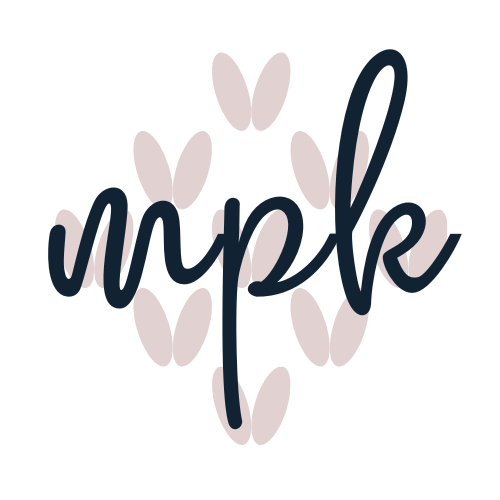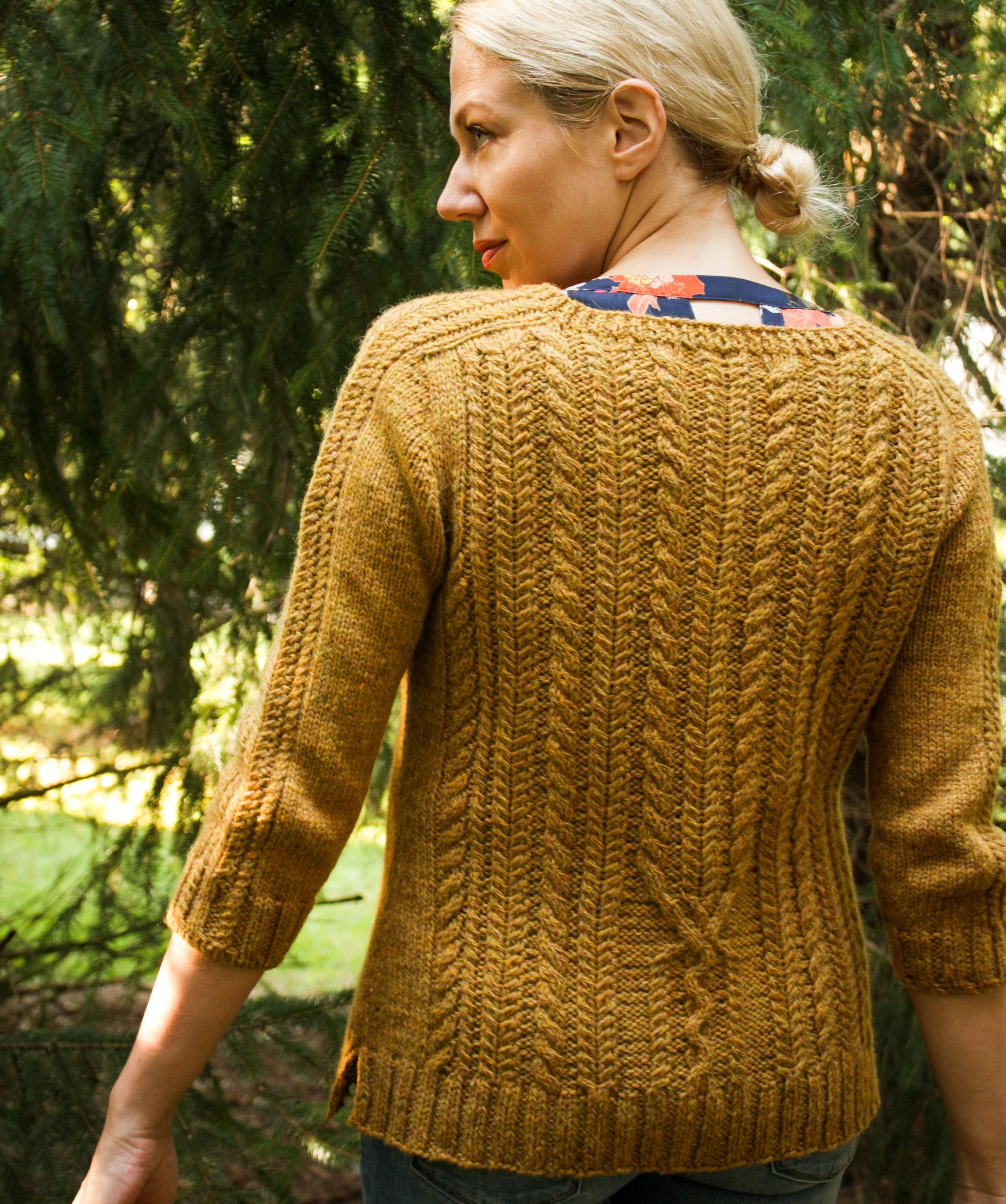Behind the Scenes: Knitting Patterns from Concept to Publication
Some recent stories shared by other designers about the difficulties faced in running successful design businesses prompted me to create this short series of posts about pattern design. It occured to me that knitters simply may not be aware of how the process works, the time and effort that go into creating quality knitting patterns, and how designers are actually making a living (or not) in this business. (Of course, maybe you're not really interested in all that--so just go ahead and skip this series! But if you'd like a little behind-the-scenes look at pattern design, read on.)
In this first post I'll talk about how an idea goes from concept to publication--and how long it takes! This is a rough outline of how the process works for me when self-publishing; other designers obviously have their own methods and schedules, though the basic elements (sketch, swatch, knit, write, etc.) are likely similar. (While the process is similar when working with a publisher, they often handle some of these tasks on their end; the timeframe is also usually very different--working a year or more in advance of publication.)
Sketch and Swatch
Original swatch for the soon-to-be-published Charm City Shawlette
The initial concept may start as either a sketch or swatch, but ultimately, I do both. I either start by sketching out a garment shape, and then play with possible stitch patterns in swatches; or start by swatching variations on a stitch pattern and then dream up the garment or accessory they will fit into. Either way, this process can take just a few days, if I'm happy with what I've come up with, or weeks, if the stitches aren't cooperating (maybe months if a timeout is neceessary).
Then, regardless of how the design started, I need to swatch with the yarn I'll be using for the design, for gauge (Yay! Everyone's favorite!). This gauge will be the basis for the entire pattern.
Math
Every pattern begins with at least a little math. Sweaters in multiple sizes obviously require significantly more than a one-size-fits-all cowl, but even the simplest pattern demands a bit of math to determine how big the final X is going to be. For something like socks I might do just enough math to work out the size I want to knit and leave the rest of the sizes for later; for sweaters, I generally do at least the basic math for all sizes up front, just to make sure there are no major obstacles to sizing the sweater up and down. It involves a lot of staring at Excel spreadsheets and wondering where you went wrong. Depending on the complexity of the design and how much of a headache the math is giving me, this might take just an hour or two, or a few days.
Rough Draft
Numbers in hand, I draw up a rough draft of the pattern. It's not pretty, probably no one other than me could use it, but it contains all of the info necessary for me to knit the sample. Again, for a simpler project, I might just start knitting from my spreadsheet of numbers; but for something more complicated, I generally work from a rough outline. I take notes as I knit the sample, which usually results in a scribbled mess once I'm done. This is one of the most time consuming parts--weeks or months, depending on the size.
This is also the point at which I might start sharing sneak peeks on Instagram, Facebook, etc.. You might see those photos and think "Great, a new pattern is just around the corner!" but alas, there's still much work to be done.
More Math and Final Draft
Based on my experience knitting the sample, I may need go back and rework some numbers (or finish doing the math I procrastinated about at the start), adjust parts of the pattern, fill in all the details I left out of my rough draft and arrive at a final draft, which looks more or less like a real knitting pattern. And again, depending on the complexity of the garment, this might take a few days, or a couple of weeks.
Ok, but now, it's almost ready, right? Just snap a few photos and we're ready to publish!
Sorry, still no.
Test Knitting and Tech Editing
Here's a well-kept secret in the craft world: pattern writers are human! Can you believe it? We make mistakes. Sometimes lots of them. No matter how many times we proofread. This is especially true for garment patterns that include multiple sizes--we simply CANNOT knit a sample in every size. This would be extremely time consuming, not to mention prohibitively expensive. Nothing would ever get published.
So, to attempt to catch all those errors we're bound to make, we have two levels of quality control: test knitting and tech editing.
Tech editing is indispensable--a trained tech editor goes over the pattern with a fine-tooth comb, checking all the math, stitch counts, measurements, instructions, abbreviations, etc. S/he not only catches errors, but ensures that the instructions are clear and easily understood and that the pattern as a whole is coherent and consistent. This is a service pattern designers pay for, and it's worth every penny. How long this process takes obviously depends on the individual tech editor's pace, as well as schedule--sometimes my TE can look at a pattern right away, sometimes she's not available for a few weeks.
Test knitting is optional, but is a process I like to undertake if time allows. It is not generally a substitute for tech editing, but the experience of several knitters actually knitting something is simply very different than a single individual reviewing the text of your pattern. You get different insights, and an opportunity to adjust elements that, while technically correct, aren't as clear as they could be. Test knitting is time consuming, though--how quickly can you knit a sweater?--and may add weeks or months to the pattern design process.
Photography and Photo Editing
One of the unedited dud photos from Charm City Knits
Photography might overlap with the previous two processes; the photos themselves may take just a few hours, but there are schedules to juggle for the photographer, model, weather, etc.
Photo editing is more time consuming--during the photoshoot for the first 3 pieces in the Charm City Knits collection, I took 280 photos. For 3 pieces. Most of them are duds, but I still had to go through all of them, narrowing it down to a few dozen, which I then edited individually.
(Of course, I could just pop my sweater on a dress form and snap some photos in my studio, but quality photos are essential for truly showing off your garment and appealing to knitters--remember what I said before about selling a lifestyle!)
Revisions and Final Layout
OK, I have my feedback from my test knitters, I have my revisions from my tech editor, I have my photos--it's time to put the final pattern together! I edit my draft, lay the pattern out in my template, insert the photos, drop in the charts. I will usually proofread several more times, leaving a few days in between to give it fresh eyes.
And NOW! Now a pattern is ready to be published!
So, how long does it actually take? Best case scenario--if I'm really excited about a pattern, it's relatively simple to knit, I don't have a lot else going on (designers are usually working on a number of patterns at the same time), my tech editor is free, my model is readily available and the test knitters work surprisingly quickly, it could be as little as 6-8 weeks. But a more realistic timeframe for an accessory is probably 3-4 months, and for a garment, at least 4-6 months from start to finish.
Some designers might work faster, others slower, but all well-produced patterns go through this same basic process so that the final product is something we're proud to share with knitters!
Join me next Friday for the second post in this series, where I'll be taking a look at the business side of the pattern design business--it's not all knitting!
If you enjoyed this post, you may also like . . .








